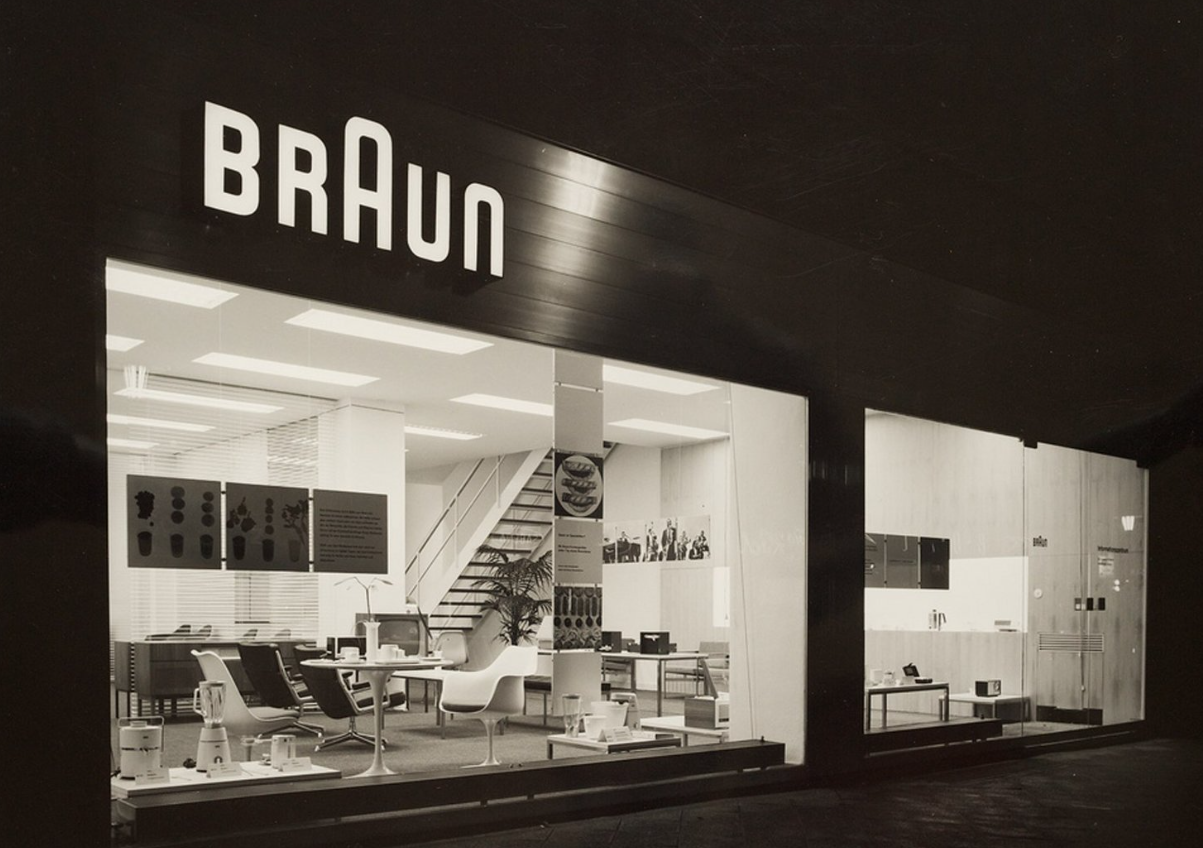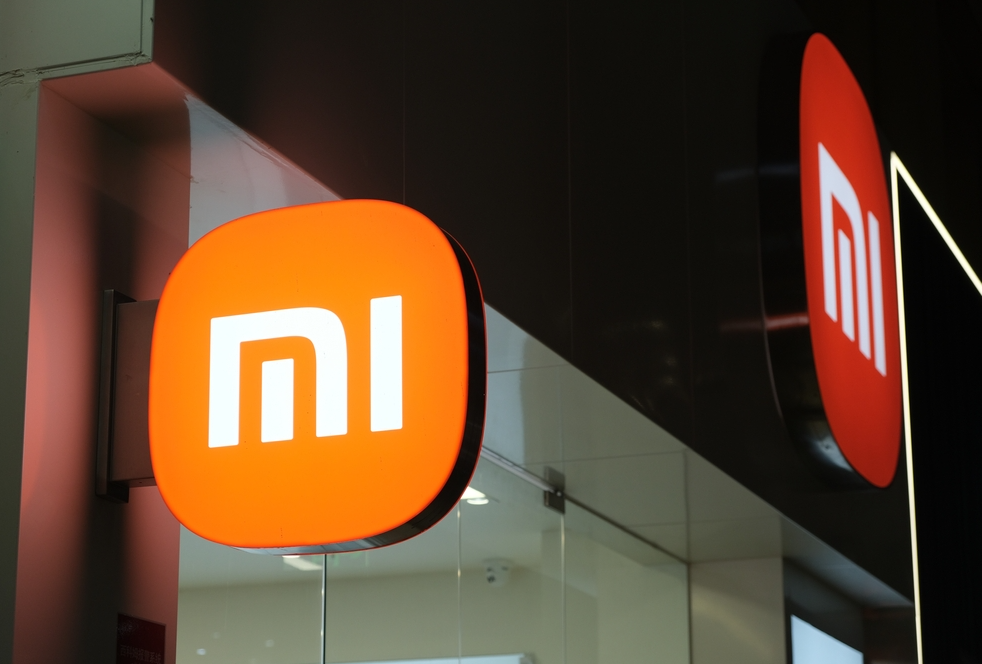Samsung is one of the most recognizable brands in the world, associated with advanced technology, smartphones and home appliances. The story of Samsung is an inspiring journey from a small trading company to a global conglomerate at the forefront of the technology industry.
The birth of the company and the first stage of development (1938–1960)
The history of Samsung dates back to 1938, when Lee Byung Chul, an ambitious South Korean entrepreneur, decided to establish a trading company in the city of Daegu. The name “Samsung” is translated from Korean as “three stars” and symbolizes greatness, power and reliability. However, the initial history of Samsung was far from the world of technology. In the early stages, the company was engaged in the export of products such as rice, sugar and dried fish.
In the post-war years, South Korea faced economic difficulties, and to keep the business afloat, Lee Byung Chul decided to diversify activities. This was an important step in the history of the Samsung brand, as the company began to develop new industries – textiles, insurance, food production. This approach allowed Samsung to strengthen its position and lay the foundation for future growth.
Interesting fact: Samsung’s history was initially linked to the production of noodles and sugar. However, over time, Lee Byung Chul realized the need to enter more high-tech and profitable industries, which prompted him to further diversify.
The First Technological Transformation and Launch of Samsung Electronics (1960–1980)
South Korea’s economic recovery by the 1960s helped industrialization begin. Lee Byung Chul saw the potential in electronics and decided to establish Samsung Electronics in 1969. This was a strategically important move, as the Samsung brand’s history as a technology giant began at that point.
The company’s first major product was a black-and-white television. At the time, this was a major step, as televisions were considered a luxury item and a high-tech achievement. The success of Samsung televisions led to an expansion of the range of home appliances, with washing machines and refrigerators being introduced. By the early 1970s, Samsung had become associated with high-quality electronics and home appliances, allowing the brand to gain recognition in South Korea and beyond.
Key achievements of this period:
- 1969 year — creation of Samsung Electronics and release of the first black-and-white television.
- 1974 year — the beginning of production of refrigerators and washing machines.
- 1977 year — samsung’s first color TV, which was a breakthrough in the Asian region.
These successes helped Samsung reach a new level. By the 1980s, the company was actively exporting its products outside of South Korea, winning recognition and trust from consumers.
Innovation and internationalization (1980–1990)
The 1980s were a true era of innovation for Samsung. The company continued to develop its manufacturing base by investing heavily in research and development. Samsung also focused on semiconductors, realizing that this was a key technology for future advances. During this period, Samsung became inextricably linked with high technology.
| Year | Achievement |
| 1983 | The first Samsung personal computer is released |
| 1984 | Opening of international offices in the USA and UK |
| 1988 | Production of the first mobile phone |
These moves allowed Samsung to gain a foothold in new segments, including computing and telecommunications. One of the key decisions was the start of production of random-access memory (DRAM), which gave the company a competitive advantage in the semiconductor market.
New Management and Global Market Entry Strategy (1990–2000)
At the turn of the 1990s, the company’s chairman Lee Kun Hee launched the “New Management” program, aimed at completely transforming Samsung into a high-tech company with global ambitions. Lee Kun Hee understood that in order to successfully compete with global giants, it was necessary to focus on innovation and product quality.
The main task was to create products that could compete with Western brands. The first steps in this direction included the release of mobile phones and computers. In 1999, the first Samsung mobile phone with CDMA technology support was introduced – this became a landmark event for Samsung.
The main directions of “New Management”:
- Implementation of strict quality standards.
- Creation of own research centers and laboratories.
- Developing unique products that are ahead of their time.
Thanks to this approach, the history of the Samsung brand changed and took a huge step forward, and the company began to conquer the world market.
The Galaxy Revolution and Strengthening Position in the Smartphone Market (2000–2010)
With the beginning of the 2000s, Samsung made a strategic decision to enter the smartphone market. This turned out to be a fateful step for the company, because the Galaxy line not only won the hearts of millions of users, but also firmly established Samsung as one of the market leaders.
In 2010, the first flagship smartphone Galaxy S was introduced, which became a direct competitor to the iPhone. This event opened a new chapter in the history of Samsung and laid the foundation for subsequent successes.
Galaxy smartphones have become known for their innovative features, including:
- High-quality Super AMOLED displays
- Water resistance capabilities and improved case strength
- Support for contactless payments and modern cameras
With the Galaxy line, Samsung quickly took the lead in the smartphone market, and Samsung’s history has become a global success story.
New technologies and the era of smart devices (2010–2020)
In the 2010s, Samsung focused on the development of artificial intelligence and Internet of Things technologies. In 2017, Bixby was introduced – its own voice assistant, which was integrated into the Samsung ecosystem. The history of the Samsung brand again took an important turn, aimed at creating smart and integrated solutions for the home.
The company also focused on environmental responsibility by using eco-friendly materials in production. This became an important part of its sustainability strategy, which allowed Samsung to take a leading position among environmentally conscious companies.
Samsung’s Current Achievements and Future (2020–present)
Today, Samsung continues to be at the forefront of technological advancement. With a focus on flexible displays, 5G and 6G technologies, and smart home solutions, Samsung is actively creating the future of technology.
These achievements and the commitment to continuous innovation make Samsung one of the most influential companies in the world. Samsung’s success remains a source of inspiration for businesses and an example of successful transformation.
The story of Samsung is more than just a business story. It is a story of overcoming, innovation, and the constant pursuit of excellence. From a small trading company to a global leader, the Samsung brand story is an example of how vision and determination can lead to incredible achievements.
Make every purchase profitable with reBITme! Choose the best offers from Samsung and activate cashback to get the most out of your spending. Enjoy your shopping and big savings!





